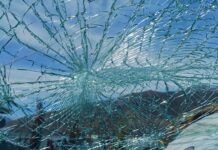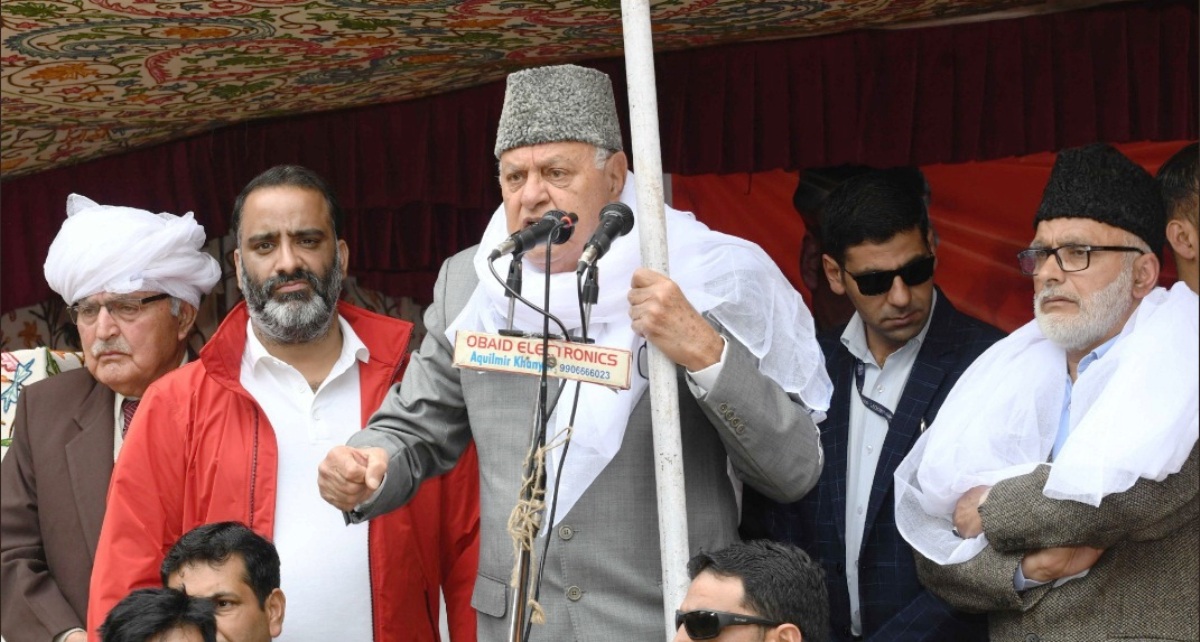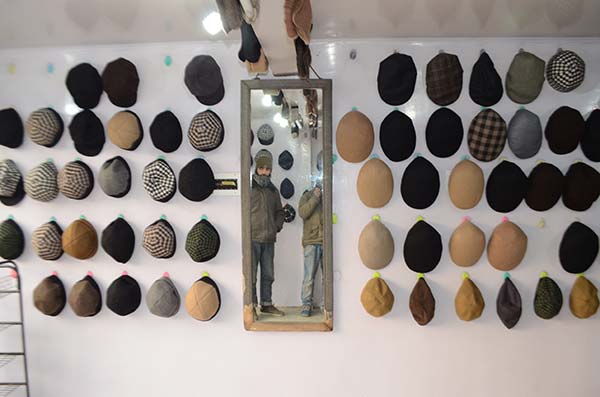by Khalid Bashir Gura
SRINAGAR: On March 18, the first case of Covid-19, a 65-year-old woman from Khayam in downtown Srinagar, was detected in Kashmir. She had returned from Saudi Arabia on March 16, from Umarh along with her husband
It pushed the whole valley into panic mode.
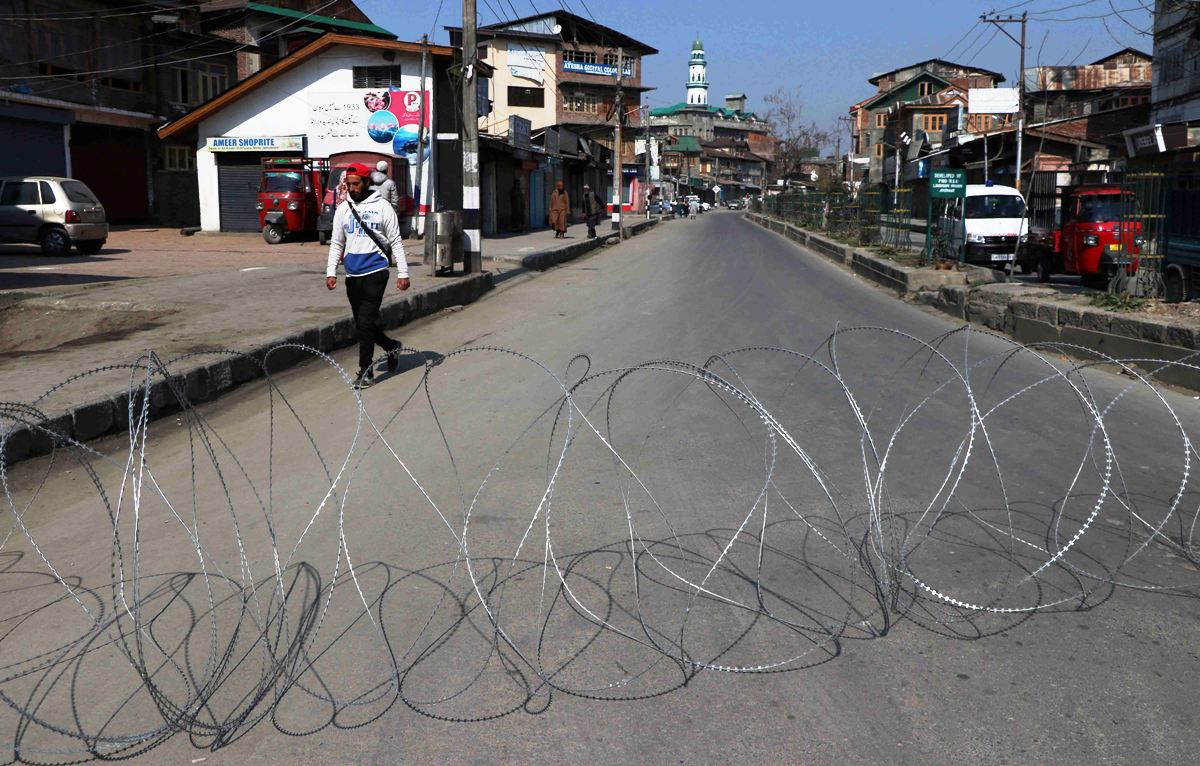
On the morning of March 19, 2020, a sense of déjà Vu set in. It seemed 2008, 2010, and 2016, without visible bloodshed. Technically, it looked like the continuation of post-August 5, 2019, that was dominated by scare, panic and silence.
Barbed wire unspooled on the Khanyar streets as all the entry and exit points were sealed. It was mandated by the protocol. Police and paramilitary forces were deployed restricting the movement of people and vehicles.
No one allowed in or out.
If someone hadn’t been aware of the news of coronavirus surfacing and restrictions put in to curb its spread, one’s instinct might have been what the restrictions come for in Kashmir: killing somewhere, curb protests or to maintain law and order or potential lawlessness.
But the only difference this time seems that people and authorities are on the same page, unlike past. People wanted curfew for their safety, as they believe it may enable stricter social distancing; one of the preventive methods to curb coronavirus spread.
“Today, I wish these restrictions to be like post-August 5, 2019, when people were not allowed to leave homes,” said Abdul Waris, who is a B Tech student at the Islamic University of Science and Technology (IUST). “There was a lot of academic loss due to those unprecedented restrictions for months, but this time it is for the well being of all of us.”
The day was the same last year, albeit for a different reason.
March 19, 2019: The restrictions were in place. People are not allowed to move out as a day ago, a teacher Rizwan Asad, a Chemistry teacher, 29, was killed in police custody.
Kashmir was observing shutdown to mourn his killing. At his home, a huge condolence gathering was held for days. Social media was snapped to maintain law and order.
It is raining on the de-peopled wet grey roads as silver drops drip from the cold barbed wires. Armoured vehicles fortify silent streets. No one except paramilitary men are visible on the streets wearing helmets and riot gear. Shops are shut, traffic is off the roads.
5 Months Later
On August 5, 2019, Kashmir was virtually shut from the outside world as all means of communication including the Internet and telephone services were blocked with the abrogation of Article 370. People were not allowed to move out, communicate, or carry out any normal activity. The siege was so immense and penetrating that no congregation prayers, social, political, religious gatherings of any sort were allowed. Politicians to people to anyone who had a voice were “quarantined”.
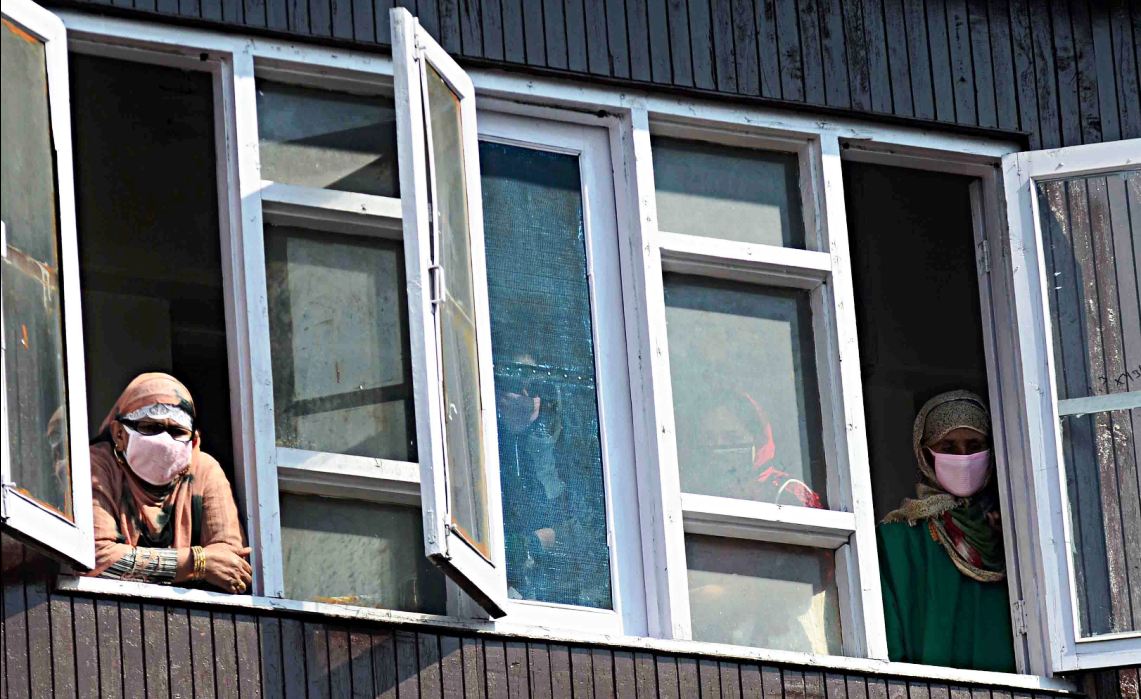
Overnight, the famous Dal Lake and other tourist spots were deserted, much to the credit of government advisory asking tourists, non-locals, students from mainland India and pilgrims to leave valley immediately much to the annoyance and loss of local people.
On August 5, 2019, on a sky blue sky day, as the summer heat simmered, Kashmir came to a standstill.
Days before abrogation of the article people rushed to ration depots, petrol pumps, ATM’s and shops and other places to hoard for any eventuality. They knew something was happening. But they did not know it will be the abrogation of an article of the constitution that politicians and people swore upon for 70 long years,
Sadly people’s apprehensions turned true. For months Kashmir became untouchable for itself and others.
March 2020
As the restrictions were eased in a phased manner, with high-speed Internet yet a distant dream, normalcy seemingly returned.
Hashim, Danish, Burhan from Khanyar, who used to ride a bicycle all day on the streets of downtown or play cricket are confined to their rooms.
Forced by parents to stay indoors and play inside the house they sound irritated. “We had holidays at school. We wanted to play and meet each other. But they say the virus is everywhere.” Hashim’s mother is too worried and has confined her son to the room with gentle advice: “There is a coronavirus, an invisible enemy.”
One of the youth while talking to his friend over the phone said, “one has to fight with parents to go out.” Later, both meet in a deserted playground.
Unlike earlier curfews where they could at least sit on parapets, discuss on the shop fronts, play with each other to escape boredom and spend time with each other.
But now it seems everyone is a threat to everyone. And people are scared of each other.
People mostly kids and old people can be seen wearing masks which otherwise were nowhere till yesterday. Still, everybody from SKIMS to SMHS says – where are the masks?
On March 18, 2020: As Kashmir continued to delude itself to be far from the fall out of coronavirus, irrespective of the limitations that the health sector in Kashmir is plagued with, irrespective of lax screening to unavailability of labs, testing facilities, masks, isolation wards, campaigns, effective surveillance, and other pre-requisites set by the World Health Organization to combat coronavirus, it took the first case of positive coronavirus to stir authorities and people to pull out masks and sense the danger that seems palpable now to en-masse. As they say – Dayr Aayad, Drust Aayad – it is better late than never.

On the night of March 18, 2020, Khanyar from old city’s downtown came up with the first case of coronavirus. A tweet by the higher official of Jammu and Kashmir government of its confirmation set the panic buttons on within the area and outside.
Panic phone calls were common for people living in Khanyar. By morning Khanyar was to be quarantined and sanitized. Had the authorities not done it, the people would self-quarantine on their own. Like curfews, however, exceptions exist.
On the sunny morning of March 19, 2020, the shining barbed wire at entry at exit points of Khanyar was laid. The CRPF personnel wearing masks brandished plastic batons at people to stay away and indoors. No vehicle was allowed in or out of the area. Shops shut, the market closed. Streets de-peopled. The people rushed to hoard essentials from the few vegetable vendors. Desperate people looked for disappeared masks, hand washes, sanitizers.
Despite restrictions, people are coming out unnecessarily and easily. Unlike other countries where people have to give genuine reason to be on the street, Kashmiris seem to be complacent. We have the habit of offers 1000 reasons for which way our mind blows.
Zubair Ahmed Lone, a student, decried high Internet speed, “We have already been in a cage for so long and that too without internet. I would have preferred to stay home and watch informative videos only if high-speed Internet was available.” Adds his friend Dawood: “One feels frustrated at home and then at times frustration is manifested in fights.”
There are people who do not precondition their actions. Musa Mubarak who is a research scholar in biotechnology and a resident of the area says it is better to practice social distancing. “These coronavirus restrictions are different from other days as now these are for the welfare and safety of people in reality,” he said. “People should adhere to precautions he believes.”
Musa’s mother and her friends often go for a morning walk daily. After the detection of the case, they communicated instantly and decided to defer the activities of social gathering including condolences. There are people willing to cooperate, after all. People have avoided going to prayers fearing infections.




